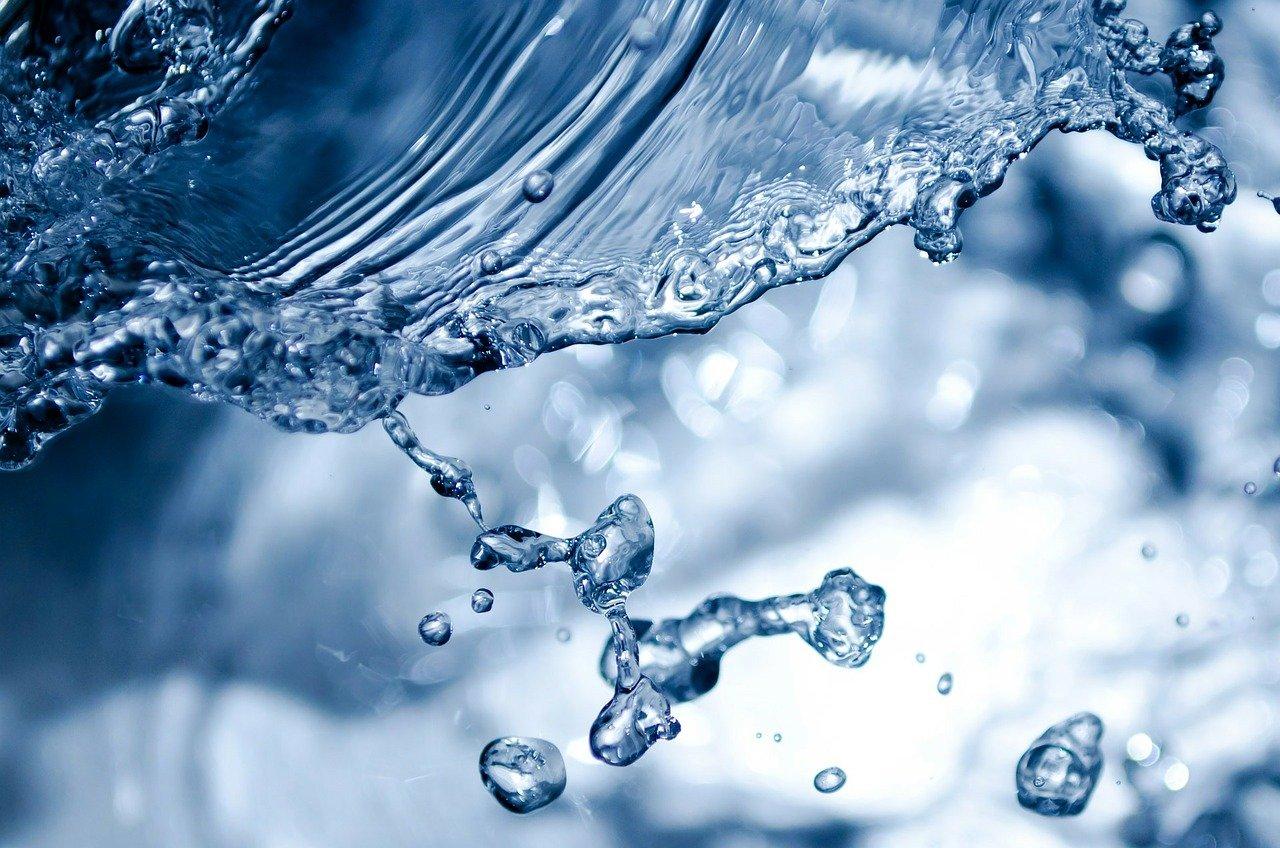A home represents much more than several walls, a ceiling, and some furniture. Homes are where we live, sleep, eat, work, play, and grow. And in a world filled with stressors and hazards, homes should serve as our sanctuaries. They must not only feel safe but be safe.
For homeowners, maintaining a safe home may not always be as straightforward as it seems. Many invisible or unnoticed health hazards can co-reside in our homes if we are not aware of them. This article will examine several hidden home health risks and then discuss ways you can detect and eliminate these hazards to safeguard your own home and family.
Water Quality
Hidden within home drinking water can be many harmful pollutants and contaminants that research has linked to adverse health effects. The U.S. annually sees 4 to 33 million cases of gastrointestinal illness associated with public drinking water. When ingested through water, contaminates such as pesticides have been linked to reproductive issues; polychlorinated biphenyls have been linked to neurological disorders; and nitrates can cause blood disorders. Water can also be polluted by naturally occurring elements like lead, radon, arsenic, and uranium which have a host of negative symptoms if exposed to in large quantities.
For these reasons, it’s important to safeguard your health by detecting hidden contaminants in your water. You can do this by researching your area’s water via databases like the Environmental Work Group’s water systems by zip code tool or by testing a sample of your home’s water. Often county health departments can help you test for bacteria and nitrates in your water. You can also send a water sample to state-certified laboratories for analysis.
If you discover harmful quantities of contaminates in your water, you should take steps to eliminate these compounds and their associated risks. Start by calling your public water system company and then involve the proper local health departments. You can also invest in small-scale water filtration devices or large-scale home filtration installations. Regardless of what actions you take, ensuring your water is safe for drinking, washing, and cooking should be a health priority.

Mold Exposure
Mold can cause an array of health problems depending on the type of mold, the level of exposure, and a person’s sensitivity to it. Mold produces allergens that can trigger respiratory issues like asthma or create allergic reactions. In more serious cases, mold can produce mycotoxins that have been associated with flu-like symptoms, immunosuppression, birth defects, lung inflammation, and cancer.
While mold tends to be a recognizable home health hazard, it commonly hides in plain sight. Along with electrical issues, plumbing issues, and foundational issues, mold is one of the most common issues found during a home inspection. Home inspectors are experienced at deploying visual inspections as well as mold sampling and testing to determine where mold is growing and how serious the issue is. Outside the professionals, mold can also be detected by doing a home audit where you focus on areas where water accumulates. Check laundry machine guards, refrigerator drip pans, and the base of dishwashers to start.
Eliminating mold in your home can be as simple as utilizing some cleaners and drying or sealing a space, or it can be as involved as tearing up drywall and flooring. For reference, according to Forbes, mold removal and remediation on a 2,000-square-foot home costs on average $5,000 for a whole home removal. In this way, mold prevention — rather than elimination — through drying agents, proper barriers, and humidity monitoring is the best option for both you and your wallet.
Chemicals in Cleaners
Deep cleaning your home from top to bottom, starting with ceilings and fans and moving to floorboards and carpets, is a great way to eliminate health hazards caused by bacteria and dust. However, household cleaners themselves present hidden health risks to homeowners. For example, all-purpose cleaners commonly contain sodium lauryl sulfate (SLS) which has been linked to eye, skin, and respiratory irritation. Cleaners also often contain synthetic fragrances made of chemicals like phthalates, which can interfere with the body’s reproductive system.
To determine if your household cleaners pose health risks to you and your family, spend time looking at their ingredients. Look for harmful aspects of traditional cleaning products such as formaldehyde, benzene, and acetaldehyde which have been linked to inflammation in the respiratory system, or chemicals like hydrochloric acid, sodium hypochlorite, sodium hydroxide, and ammonia which have been flagged for health concerns by the American Lung Association. Though it may take some time, being familiar with the chemicals in your cleaning products and the risks associated with them can make your home not only cleaner but safer.

If you determine certain cleaners are too risky for your health and the health of your family, eliminating them is fairly simple. Start by reading the label; some cleaners can be disposed of like normal trash but some require being taken to your local household hazardous waste facility. Often times their containers can be recycled. And then, replace them by purchasing or making cleaners that don’t utilize harmful chemicals or fragrances.
Conclusion
Homes should be safe havens for homeowners, their families, and friends. However, it’s not always easy to see the risks that surround you while at home. In this way, it’s important to detect and eliminate hidden health risks in your home before they can pose any serious problems. This can be done through awareness, testing, and remediation efforts.
So while there may be multiple hidden or invisible health risks in your home, it’s best to start with the ones you know to look for, including water quality, mold exposure, and harmful chemicals in cleaners.
